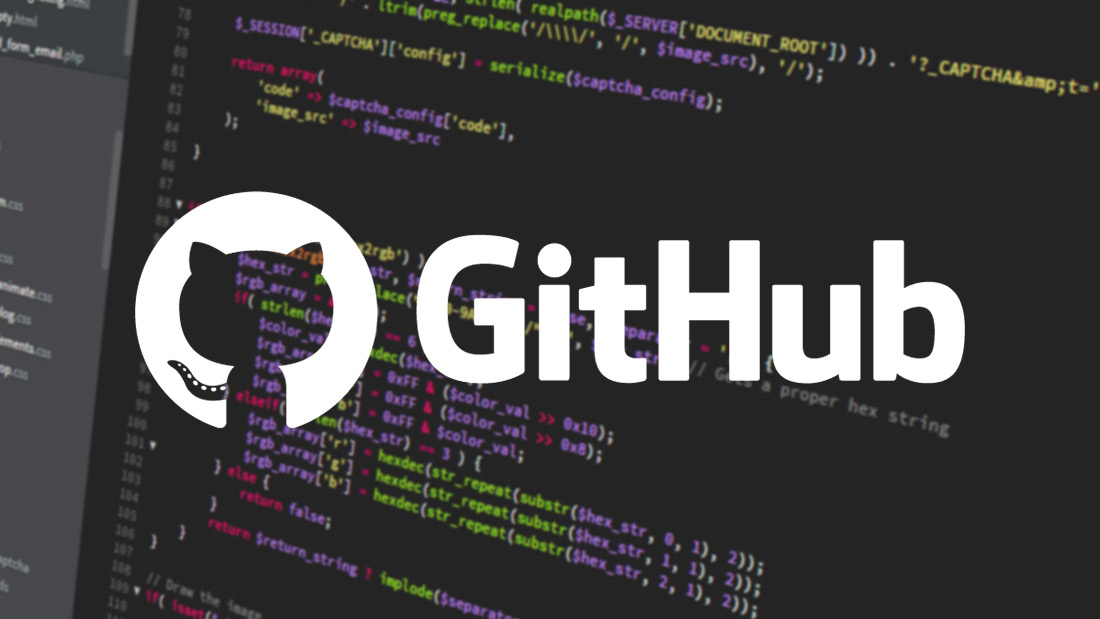
Optionally, enable required status checks. For more information, see " About protected branches." Optionally, to require someone other than the last person to push to a branch to approve a pull request prior to merging, select Require approval of the most recent reviewable push. For more information, see " Dismissing a pull request review." Then, in the search field, search for and select the actors who are allowed to dismiss pull request reviews. Optionally, if the repository is part of an organization, select Restrict who can dismiss pull request reviews. Then, search for and select the actors who should be allowed to skip creating a pull request.
Lock me now 2 github code#
Optionally, to allow specific actors to push code to the branch without creating pull requests when they're required, select Allow specified actors to bypass required pull requests. For more information, see " About code owners." Optionally, to require review from a code owner when the pull request affects code that has a designated owner, select Require review from Code Owners. Optionally, to dismiss a pull request approval review when a code-modifying commit is pushed to the branch, select Dismiss stale pull request approvals when new commits are pushed. Select the Required number of approvals before merging dropdown menu, then click the number of approving reviews you would like to require on the branch. Optionally, to require approvals before a pull request can be merged, select Require approvals. Under "Protect matching branches", select Require a pull request before merging. Optionally, enable required pull requests. Under "Branch name pattern", type the branch name or pattern you want to protect. Next to "Branch protection rules", click Add rule. In the "Code and automation" section of the sidebar, click Branches. If you cannot see the "Settings" tab, select the dropdown menu, then click Settings. Under your repository name, click Settings. On, navigate to the main page of the repository. When you create a branch rule, the branch you specify doesn't have to exist yet in the repository. For information about an alternative to branch protection rules, see " About rulesets." Creating a branch protection rule Tip: Only a single branch protection rule can apply at a time, which means it can be difficult to know how which rule will apply when multiple versions of a rule target the same branch. To create an exception to an existing branch rule, you can create a new branch protection rule that is higher priority, such as a branch rule for a specific branch name.įor more information about each of the available branch protection settings, see " About protected branches." Protected branch rules that mention a special character, such as *, ?, or ], are applied in the order they were created, so older rules with these characters have a higher priority. If there is more than one protected branch rule that references the same specific branch name, then the branch rule created first will have higher priority. If a repository has multiple protected branch rules that affect the same branches, the rules that include a specific branch name have the highest priority. You can also extend the qa string with qa**/**/* to make the rule more inclusive.įor more information about syntax options, see the fnmatch documentation. You can include any number of slashes after qa with qa/**/*, which would match, for example, qa/foo/bar/foobar/hello-world. For example, qa/* will match all branches beginning with qa/ and containing a single slash, but will not match qa/foo/bar. Because GitHub uses the File::FNM_PATHNAME flag for the File.fnmatch syntax, the * wildcard does not match directory separators ( /). You can create a rule for all current and future branches in your repository with the wildcard syntax *.

For example, to protect any branches containing the word release, you can create a branch rule for *release*. You can create a branch protection rule in a repository for a specific branch, all branches, or any branch that matches a name pattern you specify with fnmatch syntax.


 0 kommentar(er)
0 kommentar(er)
